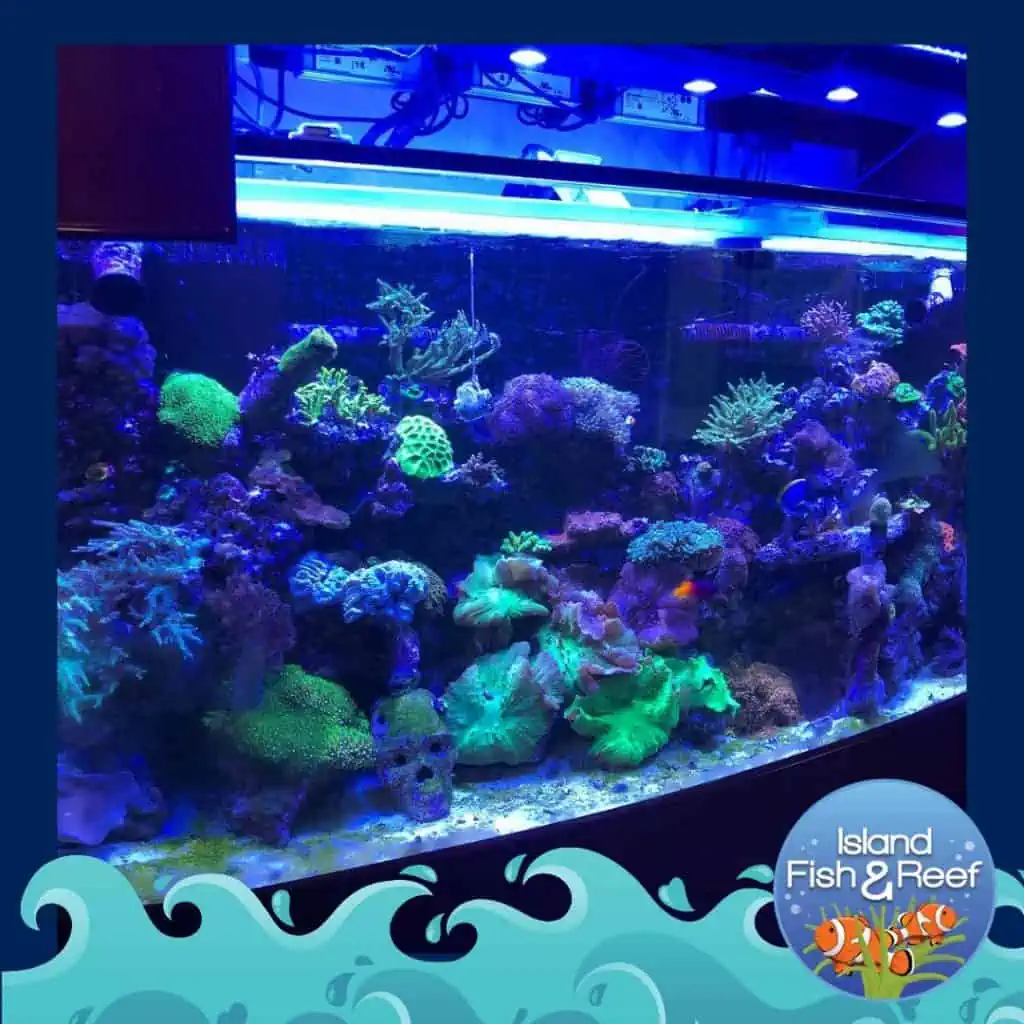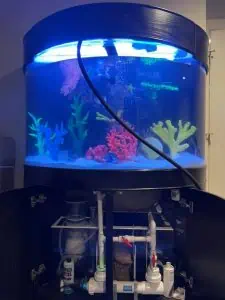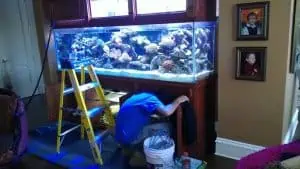
It used to be that getting into the aquarium hobby was relatively easy. You went out and got a tank, a stand, a light (in my early days in the hobby, it was a metal-framed, slate-bottomed tank, wrought or angle iron stand, and a metal double bulb incandescent fixture that shocked you 9 out of 10 times you touched it), some type of filter, a heater, a pH test kit, and accouterments to make the tank look nice; usually live plants. You read up on the type of fish you wanted to keep, perhaps even learning their scientific names, where in the world they came from, as well as their natural water conditions.
If you go back even further, there was little in the way of filters as we understand them and test kits, aside from pH, were not common. It was up to the hobbyist to pay attention to the tank, monitor what was going on, and take whatever appropriate action was needed to maintain a healthy aquarium. Heck, some hobbyists, myself included, would go out and collect live food for their fishes. Local ponds were a good source for Daphnia, and the creek in my parents’ backyard was a source for Tubifex worms (that is until the creek became so polluted even the worms couldn’t survive). I believe we had a better (albeit limited by today’s standards) understanding of our aquariums and their inhabitants merely by directly observing what was going on. We noticed any odd behavior in our fishes, and took corrective action. The hobbyist was involved in their hobby, not merely a spectator.
Today, the hobby is very different. Given the plethora of (sometimes very expensive) equipment available to the hobbyist, it has become more of a spectator sport, kind of like being a stamp collector but having someone else get the stamps for you and placing them in the book. The first filter I ever owned (aside from a box filter) was an air driven outside power filter called the Scattergood (no longer made, unfortunately; it was a GREAT filter). Made my life easier. No lugging a dripping box filter to the sink for cleaning (Mom was happy). But even with this filter, I still topped off my tank when water evaporated, tested my water, did my water changes, cleaned algae from the glass, and fed the fish. Next improvement was a motor driven filter called the DynaFlo. This one moved a lot more water and needed to be maintained (a nylon ball bearing had to be replaced every so often). But still, I had to do all the maintenance myself. I knew what was going on in my tank. Power filters became more and more advanced and powerful, but the hobbyist still need to take care of things to keep these filters running at peak efficiency. Then, disaster struck in the guise of the undergravel filter. NEVER NEEDS CLEANING the advertisements said. LET NATURE TAKE CARE OF YOUR TANK FOR YOU! NEVER CHANGE WATER AGAIN! Many people, especially the early marine hobbyists, bought into this, much to the detriment of their fishes and pocketbooks. Without the knowledge of how closed system aquariums worked, knowledge that was only sort of known by early hobbyists (even if they didn’t understand the processes involved) who were involved with their tanks but relied on this “new” technology, failed and probably left the hobby. UGF’s did work, but they required hobbyist involvement to keep them working properly, contrary to the advertisements (gravel cleaning, anyone?).
Today, we have equipment that will fill your tank when the water level drops, probes that will give you water quality parameters over your smart phone, auto-feeders that will feed your fish for you, and dosers that will supply various chemicals on a schedule. Heck, there’s even a programmable algae cleaner that will keep the front glass of your tank clean on a schedule. And it even has a built-in camera (in development, not on the market yet)! With all of this, how many hobbyists really know what’s going on in their tanks? Yeah, you can look at numbers on a screen, but do they really understand what’s going on and what those numbers mean? If a reading is outside the norm, how did it get there? I really think most hobbyists don’t know and, sadly, don’t care to know. So, a once dynamic hobby has now become a spectator sport for many.
With all that said, a confession: I have some of the equipment I talked about. I use an auto-doser on my 220 gallon planted tank. BUT, I dose only the minimum amount of nutrients and add more based on the way my plants look and what my water test results say. I also recently added an auto-feeder. Not because I dislike feeding my fish (I don’t; it gives me a chance to observe them, and make sure they are in good health), but I wanted to increase the amount of food my fish get without dumping a lot of food in at one time. They now get fed 4x a day by the feeder, and 2-3x more after I get home. Who knew tiny tetras could get so hungry! As to testing water, I use a hand-held spectrophotometer for no other reason than I wanted a test that was easy to read (colorimetric tests can be difficult to read). But I still have to calibrate the meter, grab a water sample and run the test myself. I can then make the determination if my tank needs a water change or not. If it does, I use my Python No Spill Clean n Fill to gravel clean and refill. Technology isn’t bad in and of itself, but realize it’s not a substitute for human involvement. So yes, enjoy all the equipment you may have on your tank. But remember, the equipment is not the reason for the tank. Get your hands wet! Learn to hand-feed your fish (moray eels and venomous critters excepted!). Test your water. Read up about the fish you keep, and their environment. Try setting your fish up for breeding. Set up a biotope tank. Get involved! Don’t be an apparataphiliac.
In closing, with all I’ve said, I’m going to get the programmable algae cleaner. I may be involved with my tank, but I hate cleaning algae!



